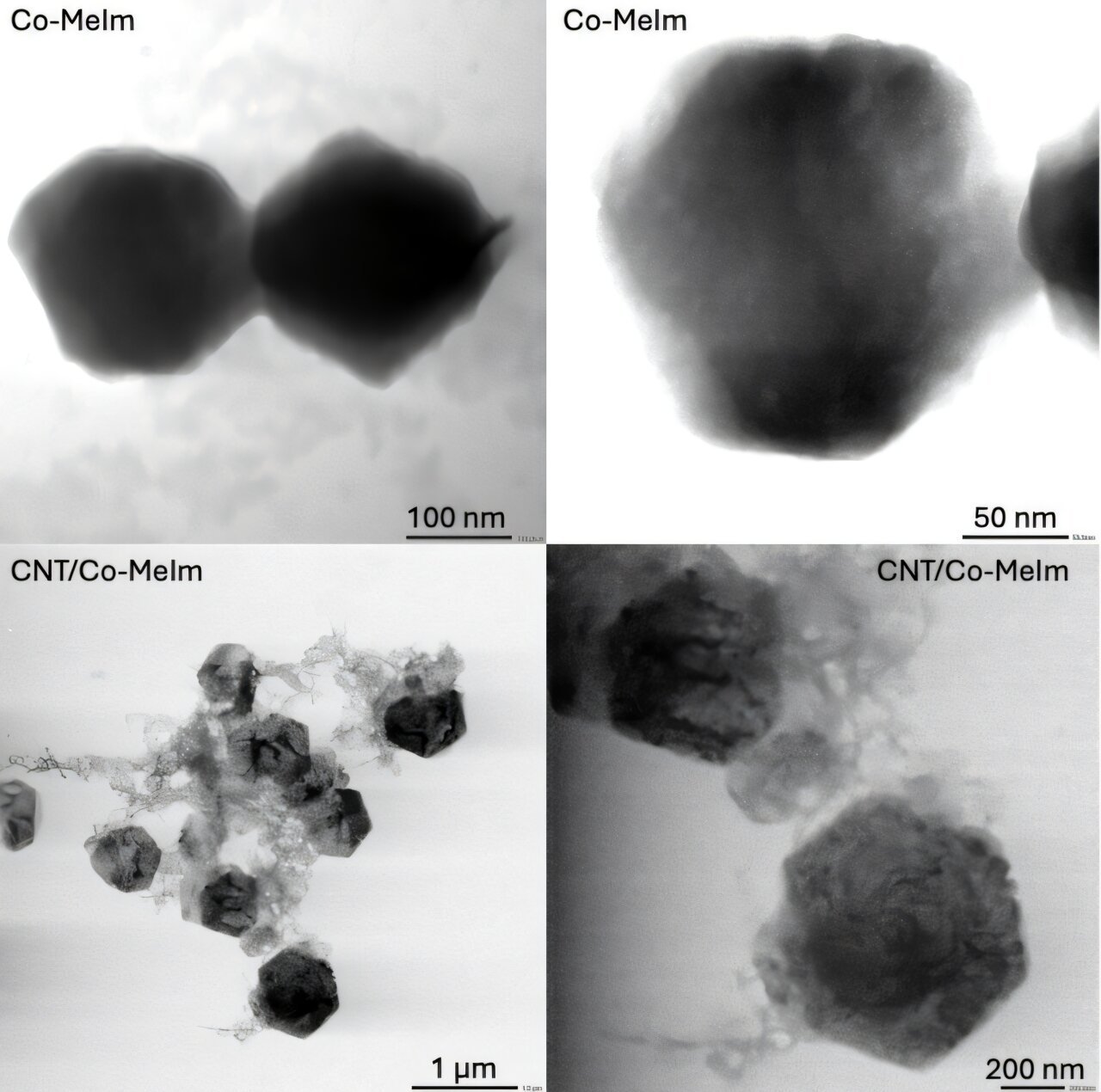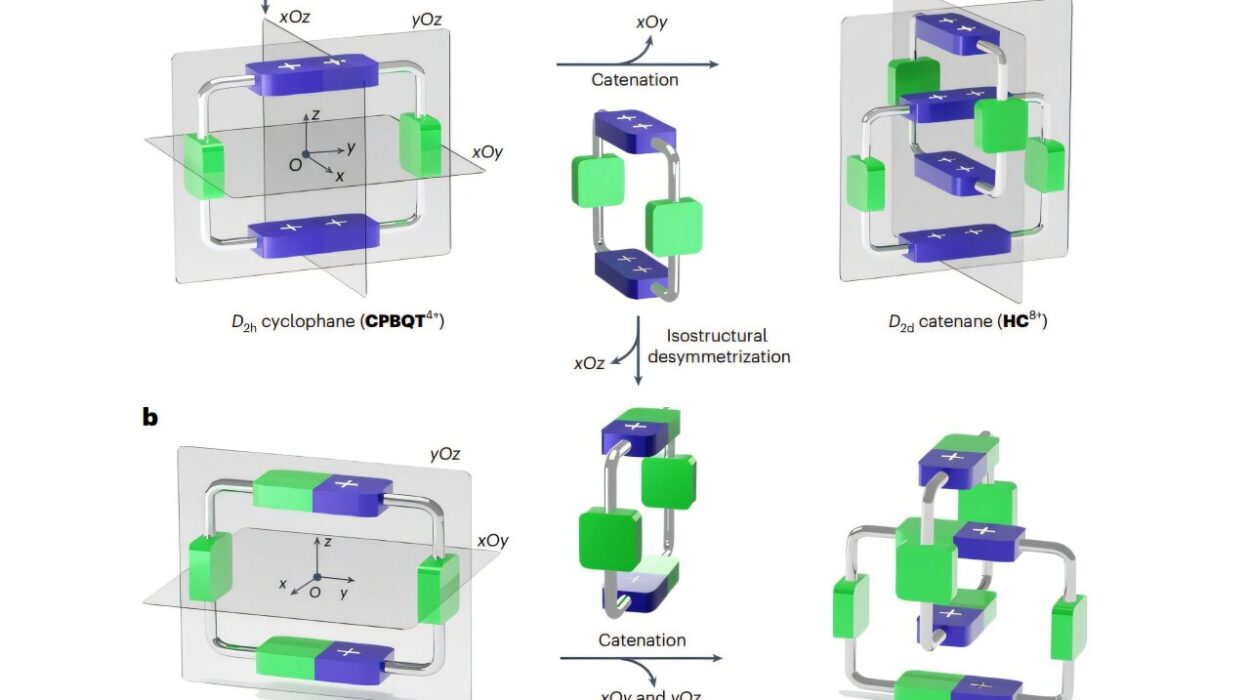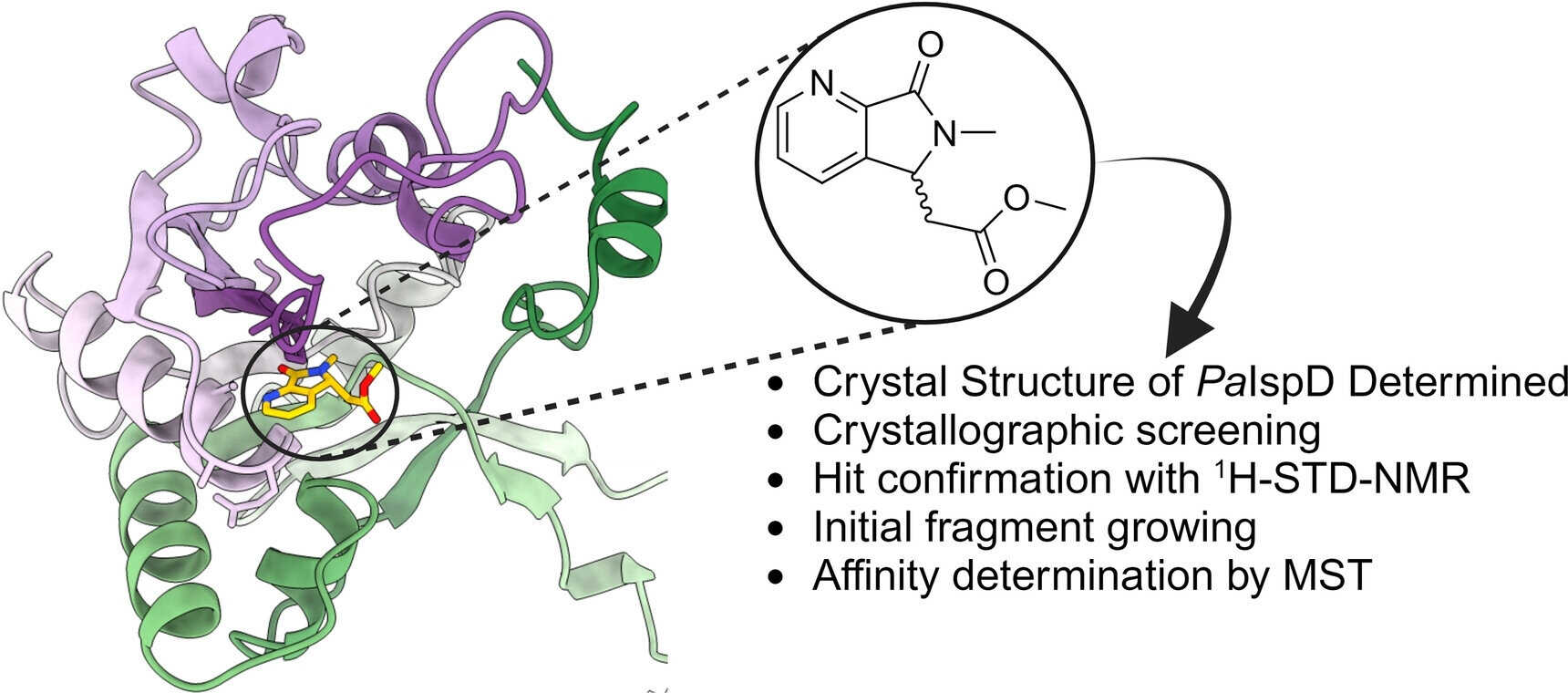Researchers at the University of Tsukuba have made a remarkable advancement in the field of electrochemical biosensors, presenting a new material that enhances the performance of enzyme-based sensors. This innovation addresses critical challenges that have long hindered the efficiency and stability of enzymes in electronic devices, such as those used in healthcare. Their research, published in the journal Materials Horizons, promises to impact multiple industries, ranging from disease diagnosis to sustainable energy solutions.
The Importance of Enzymes in Bioelectronics
Enzymes, which are proteins that catalyze chemical reactions, are integral to various biochemical processes in living organisms. These natural catalysts are involved in everything from metabolism to energy production. In the realm of bioelectronics, enzymes are leveraged in biosensors that convert biochemical reactions into measurable electrical signals. This makes them invaluable for applications like disease detection, environmental monitoring, and even food safety. However, one of the persistent challenges in utilizing enzymes for electronic devices has been facilitating efficient electron transfer between the enzyme and the sensor’s electrode.
Despite the usefulness of enzymes in detecting biomarkers, the problem has always been that these biological molecules do not naturally interact well with electrodes, which are typically made from synthetic materials. This results in poor sensor performance and limited sensitivity, hindering the full potential of enzyme-based biosensors.
Tackling the Electron Transfer Problem
Efficient electron transfer is the linchpin of enzyme-based biosensors. The primary difficulty lies in establishing a strong, stable connection between the enzyme’s active sites—the regions responsible for initiating chemical reactions—and the electrode, which reads the resulting electrical signals. Traditional methods for improving this connection, such as altering the enzyme or modifying the electrode, have often failed to deliver the necessary efficiency. Without an effective means of electron transfer, the biosensor’s accuracy and long-term stability are compromised.
The research team at the University of Tsukuba approached this problem by turning to a material known as metal-organic frameworks (MOFs). MOFs are crystalline structures composed of metal ions linked by organic molecules. They are prized for their high surface area and tunable properties, making them useful in areas like gas adsorption and separation. However, MOFs are typically redox-inactive and poor conductors of electricity, limiting their potential in electronic applications like biosensors.
The Role of Metal-Organic Frameworks in the Solution
To overcome the limitations of MOFs, the research team modified the structure of these materials to facilitate electron transfer. They incorporated redox mediators—molecules that can participate in electron exchange—into the MOF framework. This modification enabled the MOF to act as a bridge, efficiently transferring electrons between the enzyme and the electrode. The incorporation of redox mediators created a conductive network that allowed for the rapid and efficient exchange of electrons, significantly improving the performance of the biosensor.
Beyond electron transfer, the researchers also addressed another challenge: accessing the enzyme’s active sites. In many biosensor designs, the active sites of enzymes are buried, making it difficult for the substrate (the molecule the enzyme acts upon) to reach them. The new MOF structure solved this problem by providing a porous environment that made it easier for the substrate to access the enzyme’s active sites. This enhanced the efficiency of the biochemical reactions and ensured that the biosensor’s readings were accurate.
Stabilizing Enzyme Performance
Another challenge that the team tackled was enzyme immobilization. In biosensors, enzymes must be immobilized on the electrode surface to maintain stable interaction and prevent leaching. When enzymes detach from the electrode, the sensor becomes unreliable, as the amount of enzyme available to react with the substrate decreases over time. The researchers devised a novel approach by designing the MOF structure at the nanoscale, ensuring that the enzyme was effectively immobilized on the electrode surface without losing its functional activity. This added stability prevented the enzyme from leaching out of the sensor and ensured long-term reliability of the biosensor.
By combining these advances—improved electron transfer, enhanced access to enzyme active sites, and stable enzyme immobilization—the team achieved a biosensor that offers both high efficiency and long-term stability. This breakthrough represents a significant step forward in the development of enzyme-based electrochemical biosensors.
Applications and Future Potential
The implications of this research are far-reaching. Enzyme-based biosensors are already used in medical diagnostics, such as for detecting glucose levels in diabetic patients or for identifying specific biomarkers related to diseases like cancer. By improving the efficiency and stability of these sensors, the new materials developed by the research team could lead to more accurate, faster, and reliable diagnostic tools.
Furthermore, the same principles could be applied to environmental monitoring. Enzyme-based sensors have the potential to detect pollutants and toxic substances in air, water, and soil. With enhanced performance, these sensors could improve environmental monitoring, helping to protect public health and the environment by enabling faster and more precise detection of hazardous materials.
The development of these new materials also has sustainability applications, particularly in the field of biofuel cells. These cells use enzymes to convert biological materials into electrical energy, providing a potential renewable energy source. By improving the efficiency of the enzyme-based biofuel cells, the researchers are contributing to the development of sustainable energy technologies that could help reduce dependence on fossil fuels.
The Broader Impact of the Research
This work represents not only an advancement in the field of biosensors but also a key step toward the broader integration of biological molecules with electronic systems. The novel use of MOFs and redox mediators to facilitate enzyme-electrode interaction could be a game-changer for bioelectronics, opening up new avenues for integrating biological components into technological devices.
The work done by the University of Tsukuba team could lead to the development of new, more efficient biosensors for a wide range of applications, ultimately improving the quality of life for people in both medical and environmental contexts. The ability to monitor diseases in real time, track environmental pollutants, and contribute to clean energy solutions could have profound implications for public health, environmental conservation, and global sustainability.
Looking Forward: Challenges and Opportunities
While the progress made by the researchers is significant, there remain challenges to overcome before these advanced biosensors can be widely adopted. For one, the scalability of the technology is a key consideration. The production of MOF-based materials in large quantities at a cost-effective price will be crucial for commercial viability. Additionally, researchers will need to further refine the materials to enhance their electrical conductivity and stability for practical applications.
Future research may focus on exploring additional types of redox mediators and enzyme systems to expand the versatility of the biosensors. Additionally, optimizing the fabrication processes for these materials to ensure high reproducibility and performance under various conditions will be essential for their adoption in real-world applications.
Conclusion
The research conducted by the University of Tsukuba represents a significant leap forward in the development of enzyme-based electrochemical biosensors. By using metal-organic frameworks (MOFs) and redox mediators to improve electron transfer, access to enzyme active sites, and enzyme immobilization, the team has created a biosensor that is more efficient, stable, and reliable than ever before. This innovation has the potential to impact a wide array of fields, from healthcare to environmental monitoring and sustainable energy technology. As researchers continue to refine and scale up these findings, the future of enzyme-based sensors looks promising, with the potential to transform industries and improve lives across the globe.
Reference: Muhammad Rezki et al, Rational design of redox active metal organic frameworks for mediated electron transfer of enzymes, Materials Horizons (2024). DOI: 10.1039/D4MH01538J






